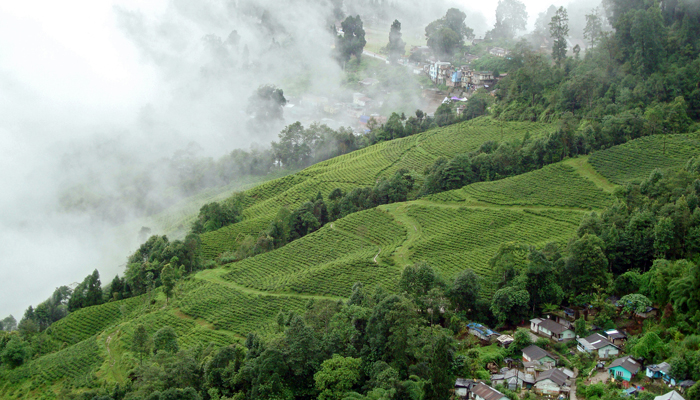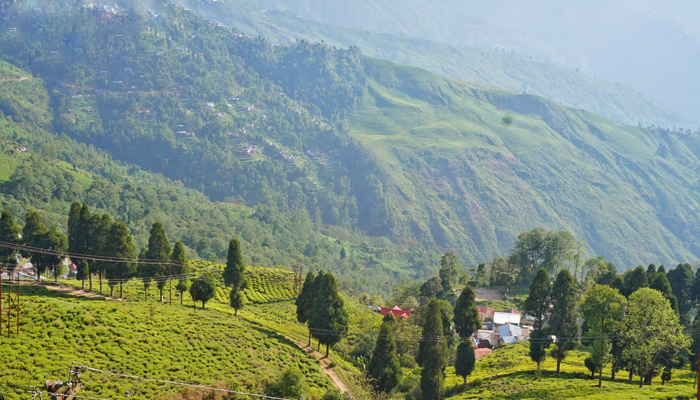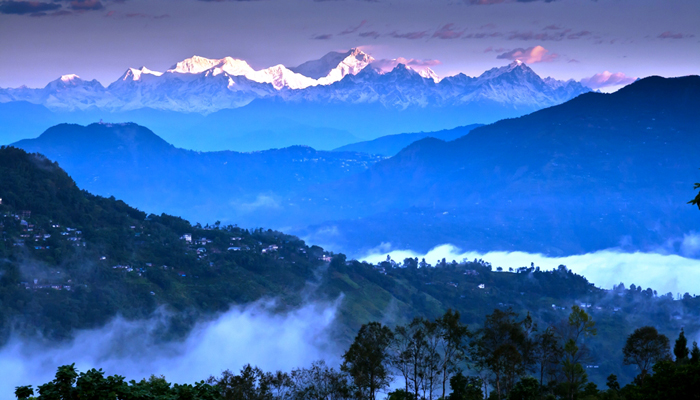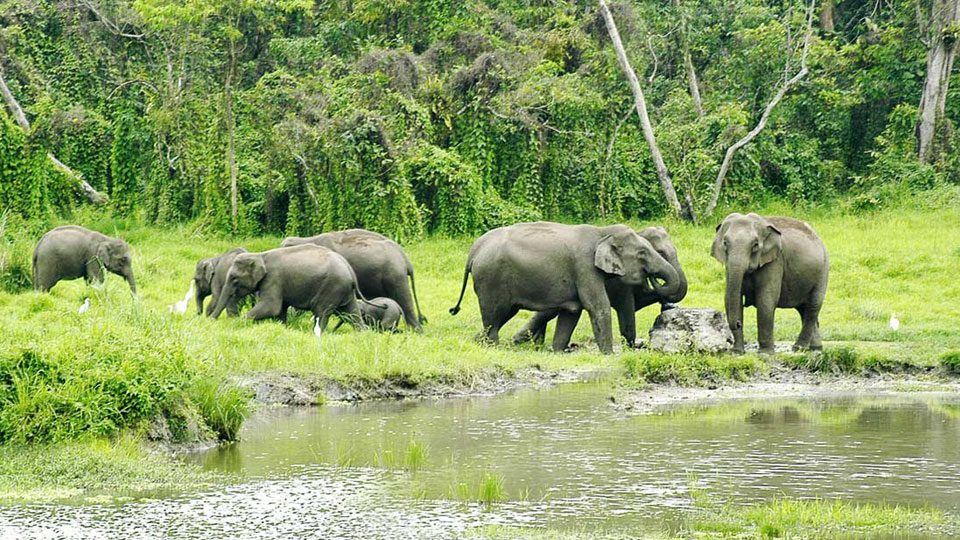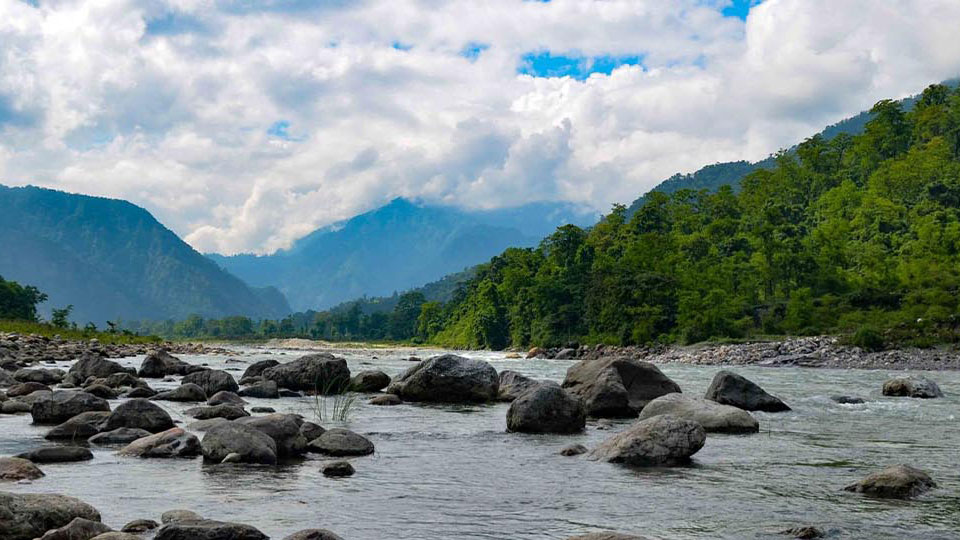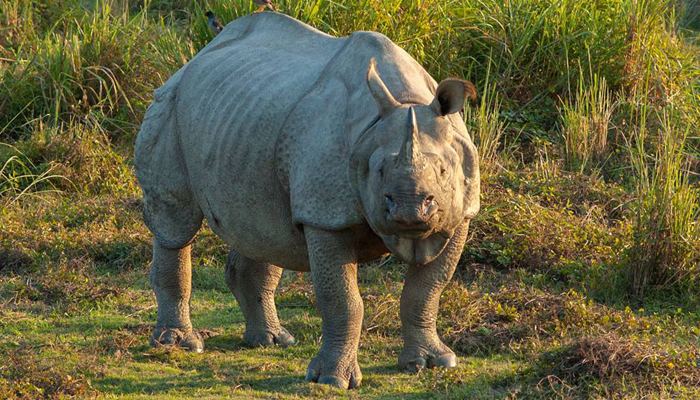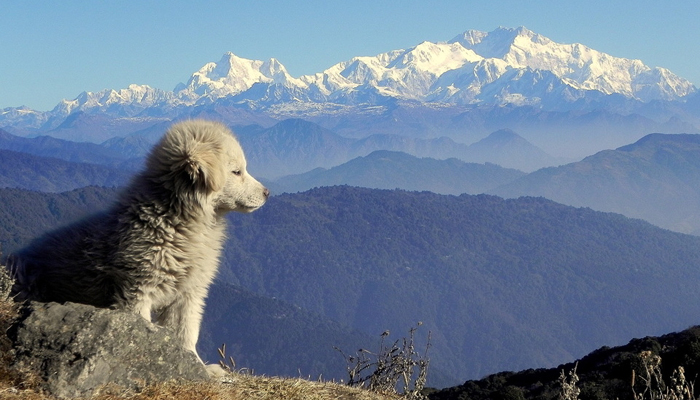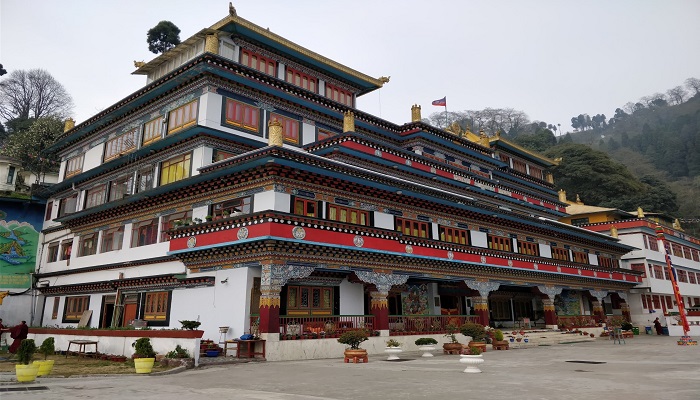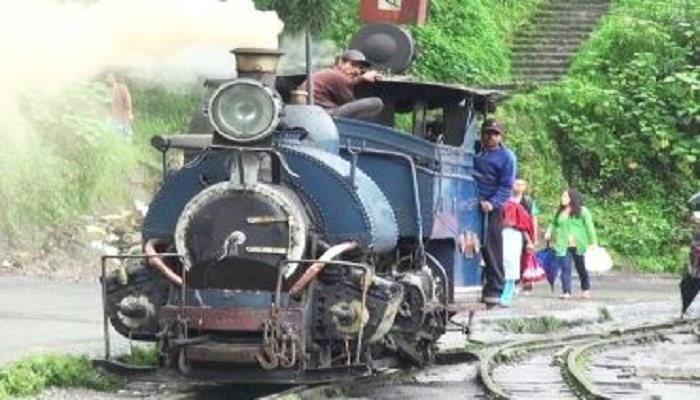Description
Eco Tourism around Darjeeling Itinerary-
1. Tabakoshi – Chatakpur – Tinchule: 4 Days/3 Nights
2. Bunkulung – Tinchule – Lepchajagat: 4 Days/3 Nights
3. Bunkulung – Sittong –Lamahatta: 4 Days/3 Nights
4. Tabakoshi – Baramangwa – Lepchajagat: 4 Days/3 Nights
5. Chatakpur – Tinchule – Latpanchar: 4 Days/3 Nights
6. Tabakoshi – Sittong – Chatakpur/Bara mangwa: 4 Days/3 Nights
7. Bunkulung – Bara mangwa – Lamahatta: 4 Days/3 Nights
Package Info-
Pickup and Drop: NJP Rly Stn/Bagdogra Airport/Siliguri
Stay: 1 Night each in all the places.
Stay type: Resort/Homestay
Food: Lunch+Evening tea+Dinner+Breakfast
Transportation: Sumo/Bolero/Innova/Xylo
Call us for more details.
What You Should Know About Darjeeling
Darjeeling is a town and a municipality in the Indian state of West Bengal. It is located in the Lesser Himalayas at an elevation of 6,700 ft (2,042.2 m). It is noted for its tea industry, its views of Kanchenjunga, the world’s third-highest mountain, and the Darjeeling Himalayan Railway, a UNESCO World Heritage Site. Darjeeling is the headquarters of the Darjeeling District which has a partially autonomous status within the state of West Bengal. It is also a popular tourist destination in India. Nepali is the native language of Darjeeling.
The recorded history of the town starts from the early 19th century when the colonial administration under the British Raj set up a sanatorium and a military depot in the region. Subsequently, extensive tea plantations were established in the region and tea growers developed hybrids of black tea and created new fermentation techniques. The resultant distinctive Darjeeling tea is internationally recognised and ranks among the most popular black teas in the world. The Darjeeling Himalayan Railway connects the town with the plains and has some of the few steam locomotives still in service in India.
Darjeeling district has three wildlife sanctuaries: Jorepokhri, Mahananda, and Senchal. The varied culture of the town reflects its diverse demographic milieu comprising indigenous Bengali, Nepali, Lepcha, Bhutia, Tibetan, and other mainland Indian ethno-linguistic groups.
Update February 2017: Kalimpong which was earlier a subdivision of Darjeeling district has become a separate district of West Bengal effective 14th Feb 2017 with an area of 1,056 square kilometers of its own. It is no longer a subdivision of Darjeeling district. But that makes no difference to the tourists. In fact, Darjeeling, Kalimpong, Kurseong and various parts of Sikkim including Gangtok have been the loved tourist destinations since ages and several of them can be combined on a single trip

